JOY JOY
A zine for young people by young people
Meet the team
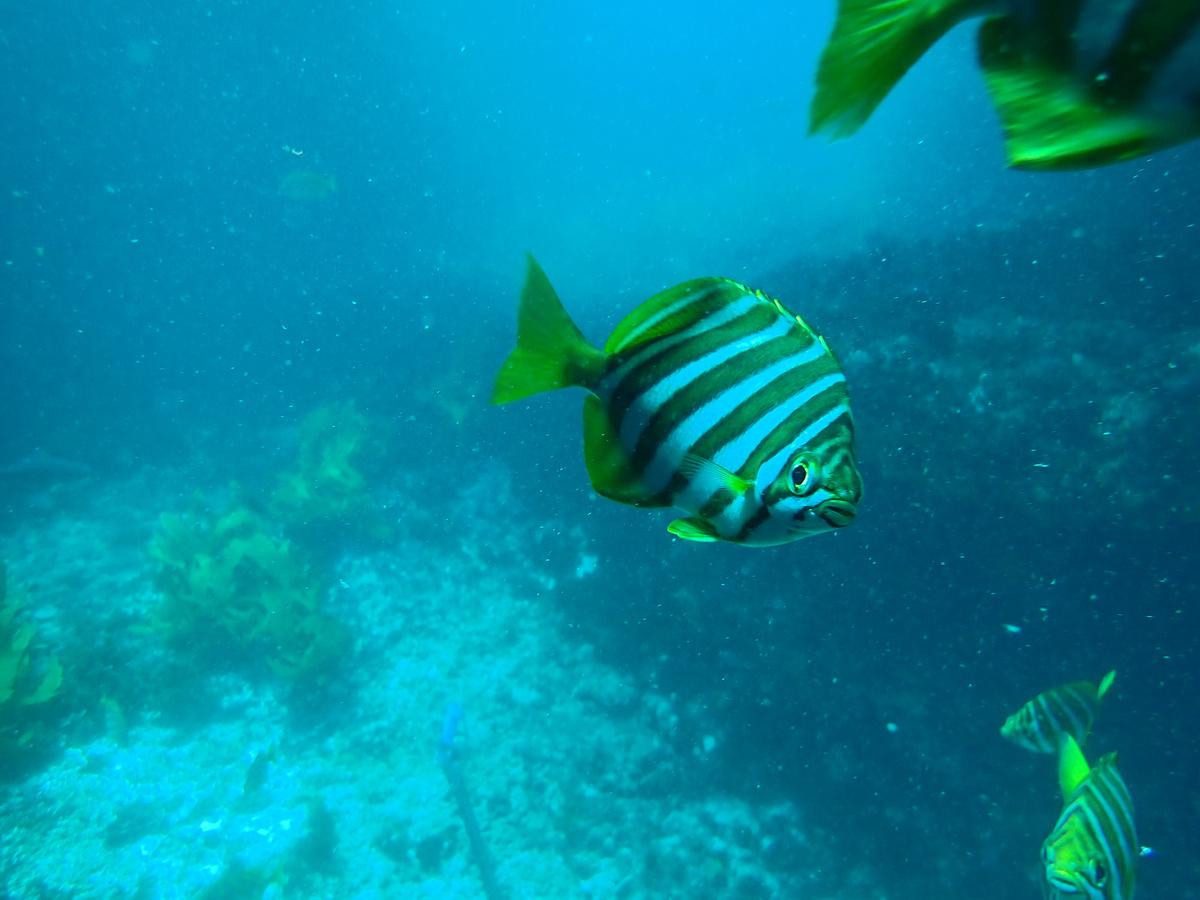
Amy is a 21 year old, final year Media Communications student. She currently works in the Media team at a youth advocacy organisation, and has a passion for anything to do with creating or curating content and cultivating relationships in the online space. In her spare time she loves listening to music, going to gigs/concerts, playing netball, and spending quality time with family and friends.
San-San is an 18 year old artist in her first year of University. Starting in Visual Communication and Design she is now moving into Animation to better express her passions. Her interests in pop culture and the expression of identity often influence her work. Outside of art San-San enjoys gaming, spending time with friends and music. She joined this project to challenge herself creatively and build upon her skills in advocacy.
Meet the team
Lauri
Lauri is an 18 year old creative currently working in peer support and facilitation. As a queer and neurodivergent young person they are particularly passionate about elevating the voices of marginalised communities. They joined the YVC as it is the perfect chance for them to combine their interests. When they're not working, Lauri enjoys music, going out with friends, art exhibitions and anything animal related.
Ryan
Ryan is an 18 year old aspiring artist who is currently studying graphic design and pursuing an advertising focused career. He joined the YVC to help other young adults alleviate stress concerning the climate crisis. Ryan spends his spare time being active, researching and playing games online. He’s passionate about gardening and excited to share his tips as part of this zine.
Wave
Wave is an 18 year old who has been working and consulting with other young people for 2 years now. He is focused on youth empowerment. Being an outdoorsy person Wave loves camping, living off the land and just being out in nature. He finds a lot of mental and physical benefits from spending time outside that he wants to share with others.
WhatistheYouthVoice Creativeandwhyisadvocacy throughartsoimportant?
YMCA’s Youth Voice Creative (YVC) is a program that we were all accepted into, alongside 11 other young people aged 18 - 25 years across Victoria. In this program, we have been given the opportunity to build our skills in using creative mediums and produce content that elevates our voices and raises awareness on advocacy issues that are important to us.
This experience includes a range of online professional workshops, as well as an all inclusive weekend retreat in the Mornington Peninsula to bond with fellow members and work on our final creative projects (like this zine you’re reading right now).
Advocacy through art is so important - being able to express our creativity in a way that can bring joy, wisdom and understanding to people is powerful and just one of the ways in which young people, like ourselves, can take up space in the world and portray a narrative through our work, on our own terms.

Jacob
23years (they/them)
Where or when do you experience the most joy?
My utopia is being with friends, offline, in nature, the sun out, probably on a nice beach somewhere. There's something very healing about being around saltwater. As someone who grew up in Newcastle on the coast, I have many fond memories of the beach and I become very nostalgic in the ocean.
What do you do to de-stress?
Day to day it can be really hard to unwind. We are constantly overstimulated by social media, and our busy lives often juggling multiple responsibilities. For me, I try to incorporate exercise somewhere during the day, commit to logging off at a certain time, and intentionally doing a 'low energy' activity like reading a book with a glass of wine.
What advice would you give other young people about slowing down?
There's immense power in 'not knowing' what your peers are up to 24/7 on social media. I find limiting my time online saves me a lot of mental energy and makes me feel much calmer. Can we make fading into obscurity the next big trend? If you need me, I'll be roleplaying my fantasy of being a wine mum.

Anna,21 years (she/her)
What do you do to de-stress?
Going to the gym
Painting
Breathing/grounding exercises Meditation

Listening to music
Watching anime and funny shows
Talking to a therapist /counsellor or friends/someone I trust about issues or concerns
Where or when do you experience the most joy?
Creative hobbies (Art, music, poetry writing, painting and other artistic endeavors)
New experiences (camps, adventures, travelling)
With friends and chosen family
In the gym / doing exercise
What advice would you give other young people about slowing down?
Set good boundaries for yourselfknow what your own limits are and respect your body by slowing down and giving yourself permission to rest. It's important to make rest a priority not a last resort (remembering that hustle culture has its downfalls such as burnout) be intentional with rest (put it in your calendar if you need to and stick to it).
Celebrating when you do do self care. Learn to balance work and life through learning to say no to things that don’t align with what u want to do or your values and yes to things that are meaningful to you. Conceptualise that rest can be a productive and not a unproductive thing (working too much can be counterintuitive to productivity). Learn to manage unrealistic expectation from (yourself or) others and tune into your own needs in the moment.

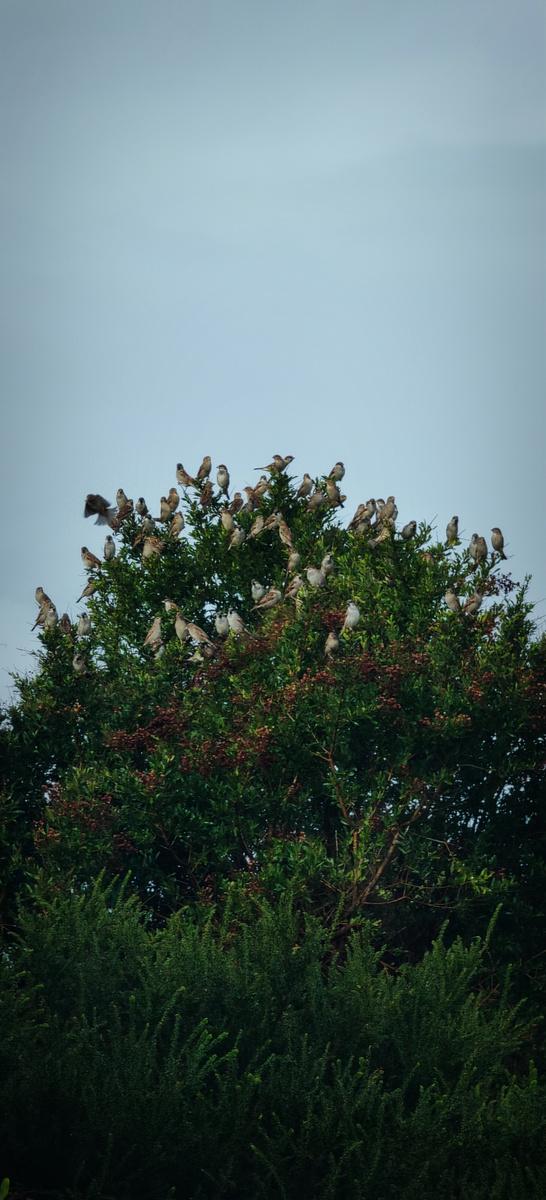

Waves photography and Lauri's macro shots



Be a camera: Sometimes all it takes is a different perspective, we all have the ability to zoom in or zoom out.

Issy,17years(she/her)
Where or when do you experience the most joy

I experience the most joy when I am hanging out with my friends and listening to live music. I love live music as it creates such an amazing connection and experience, as I have made so many amazing memories and friends by volunteering and attending concerts. I love to spend time with my friends as they always make me laugh and smile.
What do you do to de-stress?
I de-stress by reminding myself to be in the moment and slow down. I do this by taking time out to focus on myself and relax from my busy schedule. Some of my favourite ways to do this are to listen to music, bake or take my dog for a walk.
What advice would you give other young to slow down?
The advice that I would give to others to slow down is to remember to put your mental health first and to make sure that you allow yourself time to relax and recharge.
Luka,21years(he/they)
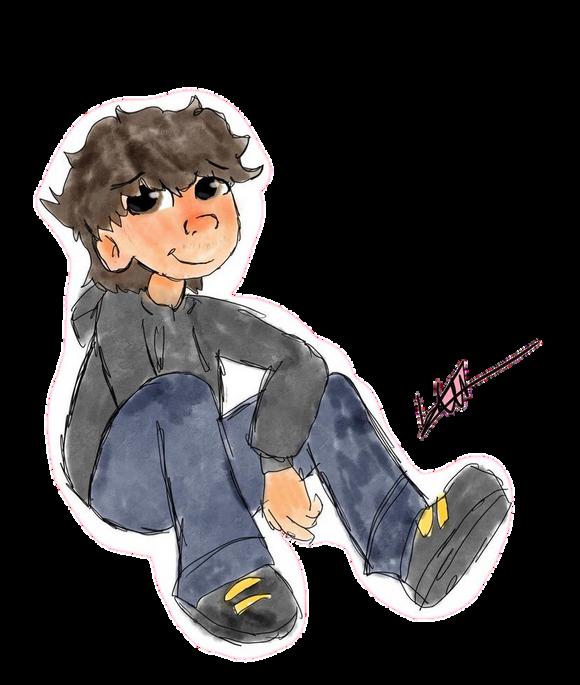
1. Where or when do you experience the most joy?
I experience the most joy when I am telling stories or listening to stories. I could be performing, Directing, Writing or watching and listening. Usually with a group of friends. Collaboration brings me so much joy.
2. What do you do to destress?
Usually I draw or read. Still storytelling but this time by myself. Also, there is no harm in taking a nap every so often.
3. What advice would you give to other young people to slow down?
Pick up a book. Have a nap. Save time in the day for you to do things that make you happy. Let yourself feel joy.
Wouldn't it be nice to be part of a school of fish, a herd of sea lions or reef of coral? We thrive in community and when given the opportunity for rest.
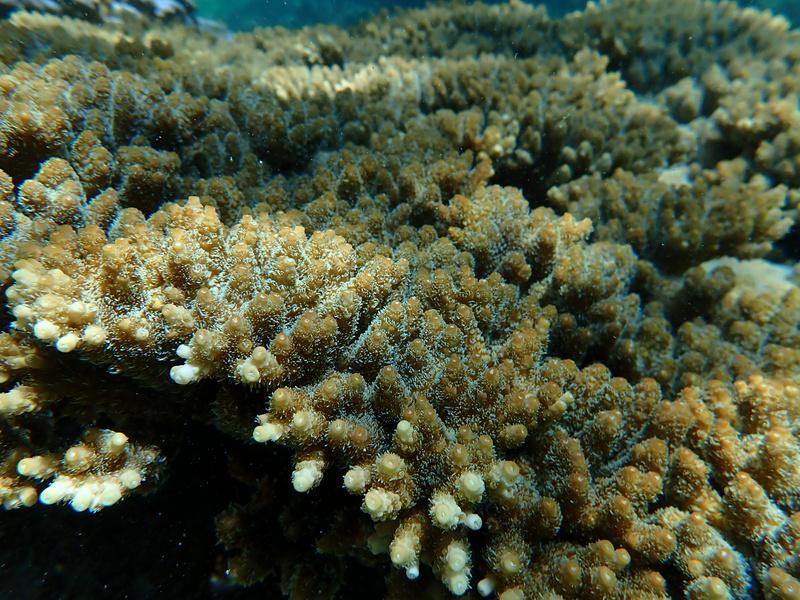


Hügelkultur ByRyanandhisDad
Hügelkultur is a sustainable gardening technique that utilises raised garden beds using old wood. It's a great way to promote soil fertility, retain moisture, and improve plant growth. As a son assisting your father, you can both enjoy the benefits of Hügelkultur while spending quality time together. Here is a stepby-step guide to help you through the process. The pictures shown are my dad and I’s current gardening project
Step 1: Picking your garden bed
Before starting the preparations for your Hügelkultur project, pick an area with plenty of sunlight, drainage and there’s something on hand for easy watering.
Step 2: Gathering Materials
To prepare your Hügelkultur garden bed you need to collect a variety of compostable material, for example hardwood logs are good since they’ll decompose slower, and be sure to collect not just bigger logs but medium sized branches and smaller twigs, the size variety will be important later.
Step 3: Clearing the Area
The first step in building your Hügelkultur garden bed is clearing your future garden bed of weeds, dead plants and lifting all the soil out to make room for the base, HOWEVER don't throughout any of the organic material you ripped out of the ground as you can mix it into your soil as fertiliser.
Step 4: Creating the Base
Start by laying the larger logs or branches horizontally on the ground. Arrange them in lengthways roots evenly across the garden bed but, don't place the bigger logs and branches too close together as you need to promote good water and airflow in the soil
Step 5: Layering Organic Matter
Furthermore, once you’ve laid out your logs and branches, place all your smaller twigs and remaining branches on top, making sure that you layer it evenly and place larger elements towards the bottom. Doing this will allow promote the health of your soil as the little organic bits and bobs break down naturally
Step 6: Adding Compost and Soil
Step 7: Watering and Planting
Now that you’re done constructing your garden bed, when planting make sure to evenly space what you're growing to prevent root crowding and proper draining, and now with your Hügelkultur garden bed you’ve provided your plants with a nutrient rich, dense and breathable space to grow.
Now finally add your compost, dug out soil and any weeds or natural materials you might’ve ripped out whilst digging your garden bed out, this ensures a soft, nutritious and moist garden bed
Helping my dad out with his gardening project was a great bonding exercise. Whilst digging out a foot deep ditch and gathering a bunch of logs was hard work it really paid off! With our combined efforts my Dad and I created a nutrient rich, fertile and moist garden bed for any future projects to use. Now you can too!
Mindfulness exercise...
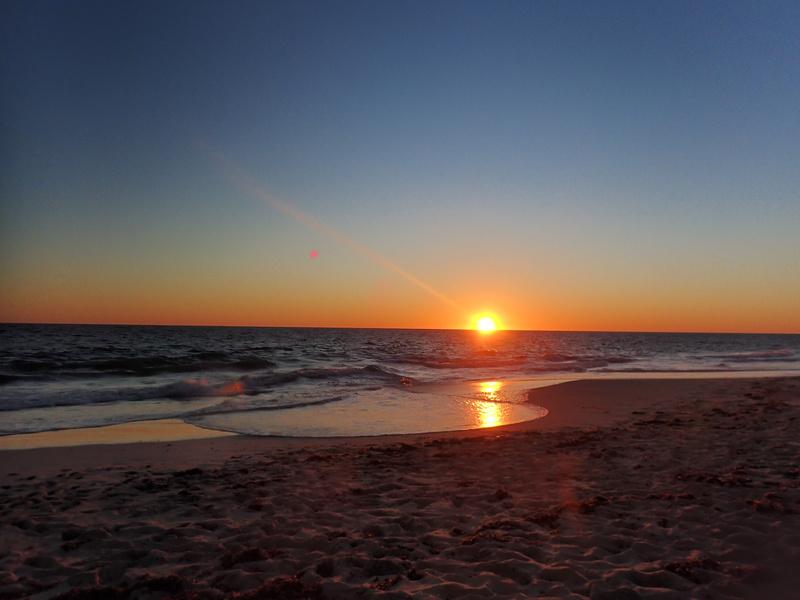
Count the islands

Find the fish

Name the colours

Mental Healthand theOutdoors
BYWAVEGood mental and emotional wellbeing are key factors in our overall health. When we look after ourselves and engage in a positive lifestyle we thrive. To help with this we can develop strategies to maintain and look after our wellbeing and recharge when we are feeling low.
Research has shown connecting with nature and spending time outdoors are great ways to reduce stress, anxiety and tension and prevent fatigue. Although it won’t solve everything, being connected to nature is one great way to help us cope with stressful situations when they come up. We are part of nature ourselves and maintaining a balanced lifestyle can keep us grounded Walk when you can
TIPS
Start gardening, get involved or start a community garden
Put some plants around you
In your house, room or office. Take time to water and appreciate them.
Park a bit further away from your destination, wake up a bit earlier for a walk. Find time to walk in a green space.
At the park or the beach, even on rainy days you can jump in a puddle.
Find and visit your local duck pond (Don’t feed them bread, try peas or oats)
Put up a bird feeder, possum box or bee and bird friendly plants.
Pick some flowers.
ONE MINUTE BOOSTS
Gaze at the moon and stars, learn about constellations
Walk your dog or someone else’s dog
Find a rock and paint on it, maybe put it back for someone else to find.
Stuck inside or in the office? –open the window and take 10 deep breaths
Step outside and listen to the sounds of birds, or look for butterflies etc
Take a brisk walk
Find a place to work outside
Stare out the window and look for five things to appreciate
Take off your shoes and walk in the grass
Eat your next meal outside
Smile at one of your fellow human beings
Have a big drink of fresh water
Go swimming or float down a river
Have a night time BBQ
WINTER
Go whale watching
Rug up and go to the snow
START an ongoing outdoor recreation activity – there are so many option here are just a few:
Running Hiking
Find a walking group
Horse-riding
Gardening
Birdwatching
SEASONALFUN SUMMER AUTUMN
Play in and smell the autumn leaves
Enjoy in season fresh apples, figs and other fruits
SPRING
Notice and smell the flowers
Appreciate the new life - baby birds and animals
Those are just a few ways you can make the outdoors and nature part of your day. Whether it’s to recover from attention fatigue with a quick circuit breaker, or making it part of your daily routine. Any of these lifestyle changes are a great way to connect and renew!
All words and photos are our own
